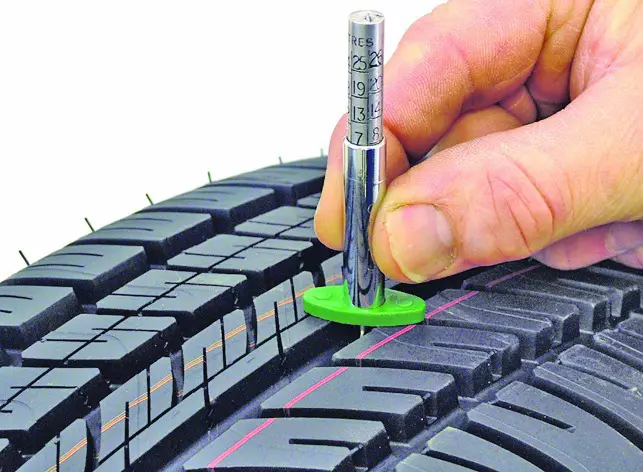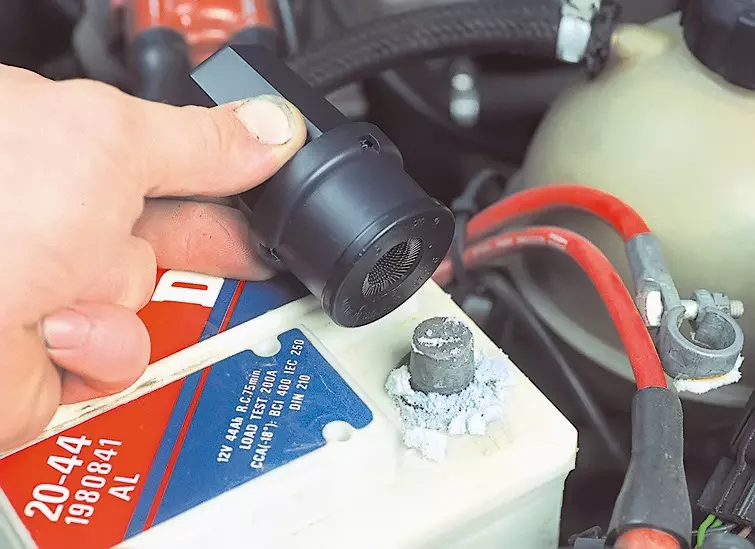
Martynn Randall is technical editor at Haynes and has been with us for approaching 30 years. He's written more than 60 Haynes publications and has owned more than 85 cars and 60 motorbikes... so far!
Ah, the joy of being a new driver. The nerves, the excitement, the sense of freedom as the world opens up on your first unaccompanied drive. There are few feelings like it.
But if you want to keep mobile, and want many other drives to follow that first one, it’ll really pay to learn at least the basics of car maintenance.
Keeping your car in tip-top condition means it’ll last longer, you’ll spot any potential issues earlier and, crucially, it’s less likely to leave you stranded at the side of the road. And better still – it’s dead easy.
Here are a few basic checks you can do on a regular basis:
1) Check the engine oil level
Check the oil level before the car is driven, or at least five minutes after the engine has been switched off.
Firstly, make sure that the car is parked on level ground. Remove the dipstick (your car’s handbook will show you where to find it), wipe it clean on a rag, then reinsert it into the dipstick tube – you will have an accurate reading of the oil level when you remove the dipstick once more. The oil level should be between the MAX and MIN points on the dipstick.
If you have to add oil frequently (your car’s handbook will show you which oil grade to use), you should check whether you have any oil leaks. Place some clean paper under the car overnight, and check for stains in the morning. If there are no leaks, then the engine may be burning oil.

2) Is the coolant level correct?
Do not attempt to remove the expansion tank pressure cap when the engine is hot, because there is a very great risk of scalding – let the engine cool down fully first. And do not leave open containers of coolant about, because it is poisonous.
The coolant level must be checked with the engine cold; the coolant level should be between the MAX and MIN marks on the expansion tank. If topping-up is necessary, remove the pressure cap from the expansion tank. Slowly unscrew the cap to release any pressure present in the cooling system, and remove the cap. Add a mixture of water and antifreeze to the expansion tank (refer to the instructions on the bottle) until the coolant level is between the level marks. Refit the cap.

3) Brake and clutch fluid
Make sure that your car is on level ground. Most vehicles have a MAX and MIN level on the side of the reservoir, so use this to check the level.
If topping-up is necessary, unscrew the cap and remove it, then carefully add fluid, avoiding spilling it on the surrounding paintwork.

4) Is there anything in the screenwash bottle?
It can be difficult to check the level of the screenwash bottle, because it's often hidden inside the wing of the car or behind other parts, so it’s best just to top it up to the filler cap.
Use ready-mixed screenwash that has some freezing protection (-5C or -10C). Don't get it muddled up with antifreeze, though - this goes into the expansion tank.
5) Are the wiper blades doing a proper job?
Check all of the wiper blades with tears or splits. If there’s damage, or if they smear the windscreen when you use them, it’s time to replace them. We recommend doing this once a year.
Follow our guide to checking and replacing your wiper blades.
6) Check your tyres!
Tyres are vital for your safety and legality on the road. They’re crucial for keeping you safe because they are the only part of the car that touches the ground, so you rely on tyres to allow your car to stop, go and turn corners as the manufacturer intended. Without them, you’ll be either stationary, or crashed.
So, check the tyre sidewalls (both inner and outer) for cuts or bulges. Then check the tread depth, which should be a minimum of 1.6mm across 75% of the width of the tyre. Finally, make sure the pressures are correct (there’s usually a sticker on one of the door frames or inside the fuel filler cap to tell you what the correct pressures should be). Our guide to checking tyres tells you all you need to know.

7) Last but not least: electrics
Finally, make sure the battery connections aren’t corroded, and then walk round and ensure that all the car’s bulbs are working as they should.
